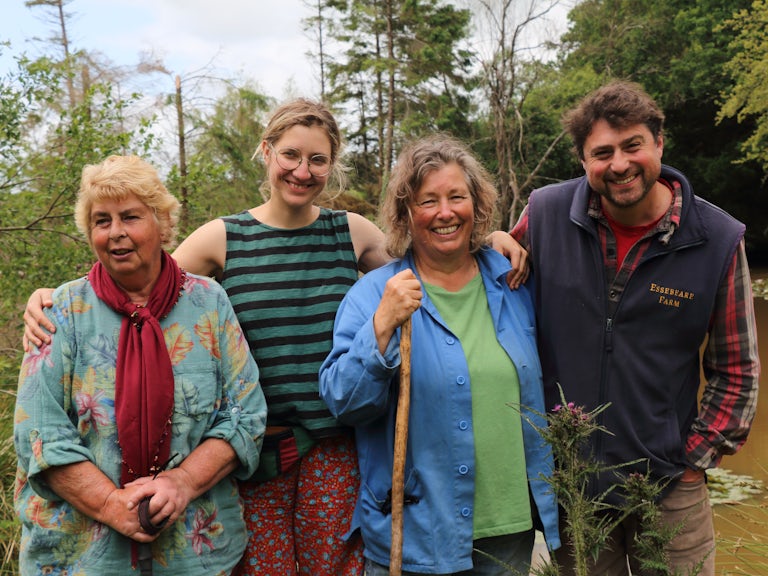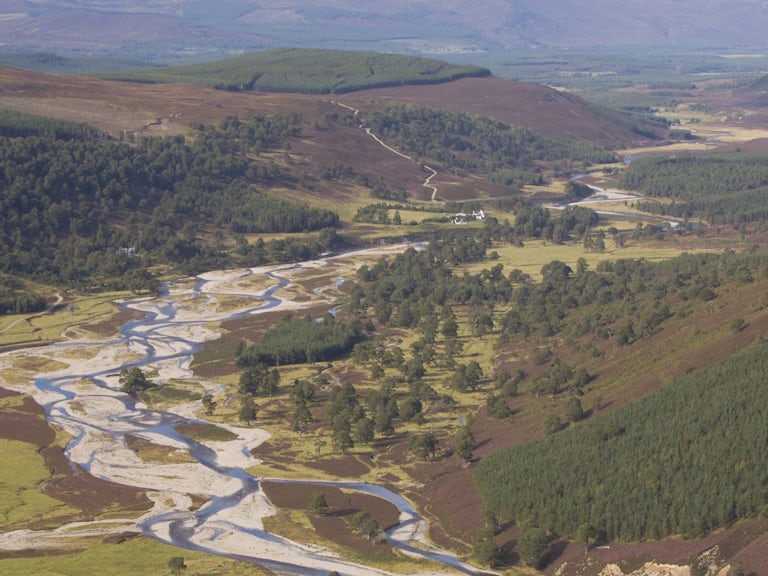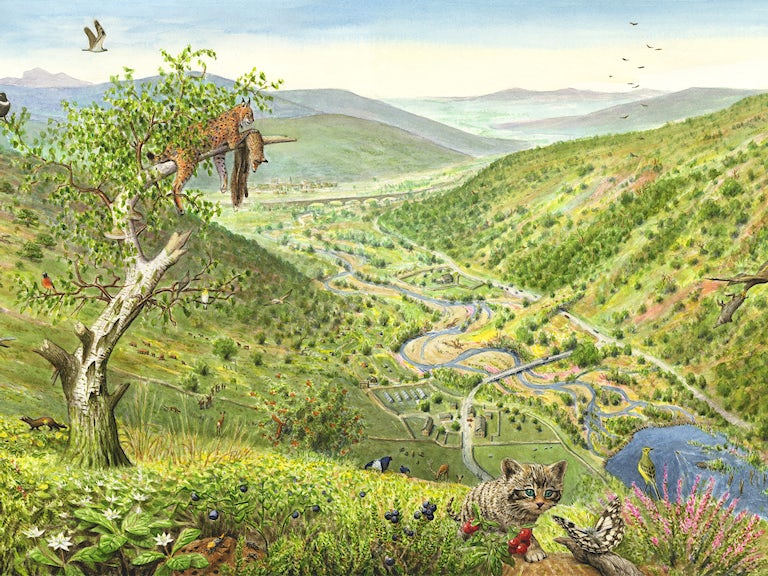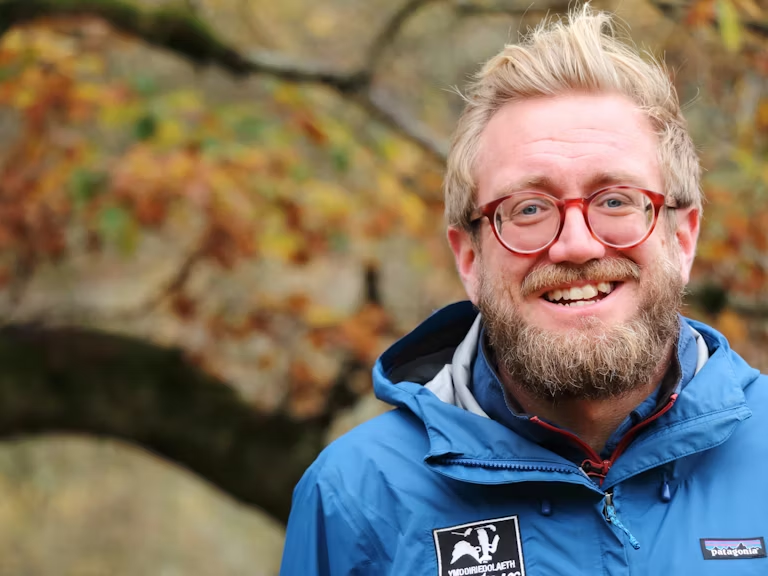Gathering information about your land
A vital step in developing your rewilding plan is understanding more about what’s on your land and the local area.
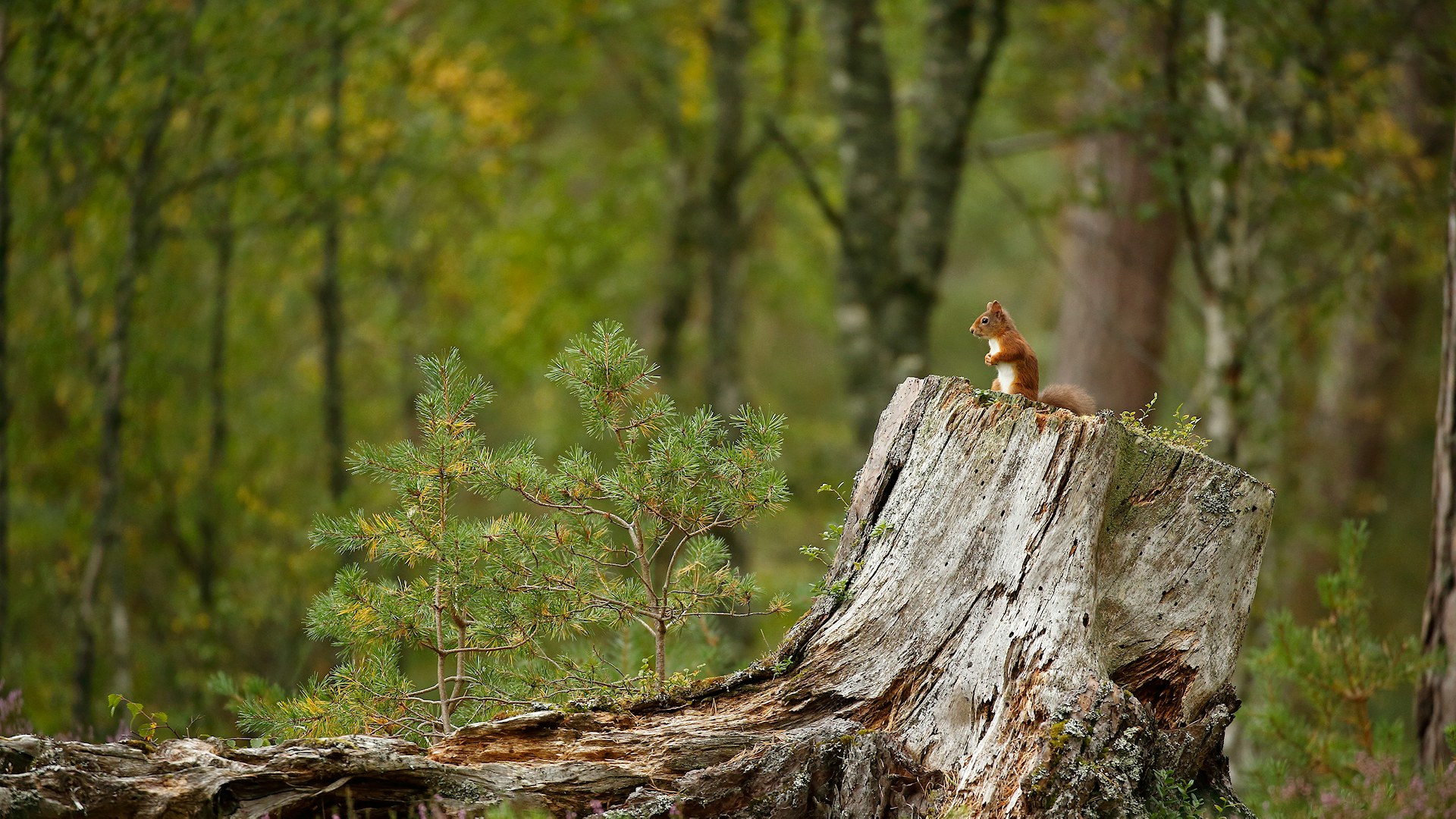
Rewilding is about making decisions that are right for you and your land. There is no one-size-fits-all universal rewilding plan. Every piece of land is different and you need to tailor your approach accordingly. Although rewilding is about minimal intervention, it’s unlikely that walking away and doing nothing will help optimise natural process recovery. You’ll need to take action to help nature and, if it’s part of your plan, to make a living.
Understanding what habitats and wildlife you have, what might have been there in the past and what lies beyond your boundaries, is vitally important. This information will help ensure your strategy is appropriate and relevant to local conditions. It will also help keep you in line with legal requirements. You can gather this information through observation, historical records, and, simply, by talking to people. Get as much as you can from as many sources as possible.
Here are 10 top tips for finding out more about your land and local area:
1. Habitats
Understanding the habitats you have on site must always be your first step. This provides information on what habitats are likely to develop when rewilding. It can also provide baseline information regarding the natural processes that are present, and whether there are any interventions that you may need to take. This is key to your strategy.
For example, if your site has woodland next to your arable land, then taking the arable land out of agriculture will almost certainly allow the field to develop into woodland through natural succession. If you have a stream that has been heavily modified, you may want to allow the stream to regain its natural form and naturally meander through your land. Depending on the location and the nature of the proposed restoration works, consent may be required from the relevant government agency. If your site doesn’t support any woodland, and trees are largely absent from the local area, then it’s unlikely that woodland will naturally regenerate without intervention.
2. Species
The presence of wildlife species, past and present, on your land and in the local area, is an important part of the picture. You can start to identify what functional species may be missing, and what wildlife could naturally move onto your land once you start your rewilding journey.
Many species provide a good indication of natural processes. For example, the presence of woodpeckers usually indicates that the site supports a certain level of standing deadwood. If wild boar are present in your area, you may not need to bring in pigs to undertake that particular rootling function.
Some species affect what you can do within your rewilding project. For example, water voles are legally protected. If they’re present along the watercourse on your site, you’ll need expert help and advice to undertake large scale river restoration works.
Species records can be gathered using online tools such as NBN Atlas and ‘irecord’. These are free to use for non-commercial purposes, and can provide an excellent overview of wildlife recorded in your area. If you want a more detailed list of species records, you can contact your local Environmental Records Centre for more information. Local wildlife groups are also excellent sources of information about species in your area.
3. Archaeology
Archaeology is not always visible, but it’s a key consideration for your strategy. For example, Scheduled Ancient Monuments are protected and include underground features such as burial mounds. Their ‘setting’ is often protected — that is, the surroundings in which a heritage asset is experienced and depending on their nature some of these archaeological features can be damaged by tree growth. You should check where they are and how they might affect your rewilding plans. You may need to fence these areas off from grazing to prevent any damage to structures, or continue to manage the area around the feature to ensure that its setting is not affected.
You can search for some archaeological designations using online tools such as MAGIC.gov.uk. You may also need to source an expert to provide advice.
4. Historical land use
Rewilding is about taking action for the future, but historical land use can provide you with information about what natural processes may have been lost and what could be reinstated on the site. Old records can often provide information about hedgerows and watercourses that may have been lost, as well as natural springs, woodland copses, and ponds. These may indicate easy wins for the start of your project. It’s likely to be more cost effective to reinstate lost features than to try to create new ones. It will also help your proposals to fit with the local culture and environments.
5. Land drains
Many natural processes rely on water, and keeping water on your land can be beneficial. Identifying the location of land drains is key to this. You’ll need to establish if they’re still necessary (they may be in some circumstances, for example, due to land use further up-slope) or if they could be broken up in strategic locations to hold more water on your land, and thus contributing to natural flood management, restoring wetlands and creating a greater diversity of habitats.
Historical land use maps and catchment plans can provide information on drains and water features that have previously been present on your land (such as ponds).
6. River Catchment Plan
Many river catchment partnerships exist in Britain. If your land is located within one of these partnerships, then it’s a good idea to see how your rewilding project could link in with catchment-wide proposals. They can provide information on natural flood management that could be accommodated on your site for the benefit of wildlife, as well as the wider flood management of the catchment. This might include best locations for establishing woodland, to help slow the flow of water, or creating more ponds and wetlands. Some catchment plans offer grants for works that can help meet their goals, which could help to fund your rewilding project.
7. Local history
Local history and culture is important. Rewilding projects should take both into account. Often, the best approach to rewilding is linking up with historical land use, and a quick search of local history can help you see what may have been present previously. There may also be important features in the landscape that should be protected and incorporated within your proposals.
Many native breeds are associated with certain areas and local identities. Understanding local native breeds can help inform what proxy herbivores might be suitable for your project, as well as promoting a sense of local identity and place.
Local history societies can be a good source of information for your project. In addition, speaking to the local community can also provide information about historical land use not only on your site but also in the local area. Native breed information can be obtained from the Rare Breeds Survival Trust.
8. Potential enterprise
Rewilding is about people and local communities as much as wildlife. We are, after all, part of nature. Funding is likely to be a crucial part of your project. One way to diversify your business is to look for enterprises or business opportunities that link to your project’s ambition. You’ll need to do some market research and find out what enterprises your land can support. For example, if you’re looking to develop a tourism and camping business then local infrastructure, access and transport links are crucial. There may be opportunities to do business with others in your area, such as providing wild meat to a local restaurant or pub.
9. Nature Recovery Networks
Connectivity is vital for wildlife, and linking to other schemes will improve the impact that your project has on nature — allowing wildlife to find your site and migrate to other areas. Nature Recovery Networks are strategic plans that provide information on key wildlife corridors within a landscape. The plans include recommendations for enhancements to improve wildlife corridors.
If you have a nature recovery network on or close to your land, you may want to contact the local nature partnership to see if you can tie in your plans with their strategy. There may also be funding to deliver on particular habitats that link with the wider nature recovery network.
10. Seek expert advice
From funding and finance, to legal and ecological advice, there are many aspects of designing your project plan that will need expert advice. When you’ve finished your own information gathering, we recommend you seek the relevant expertise to check and help develop your strategy before you start.
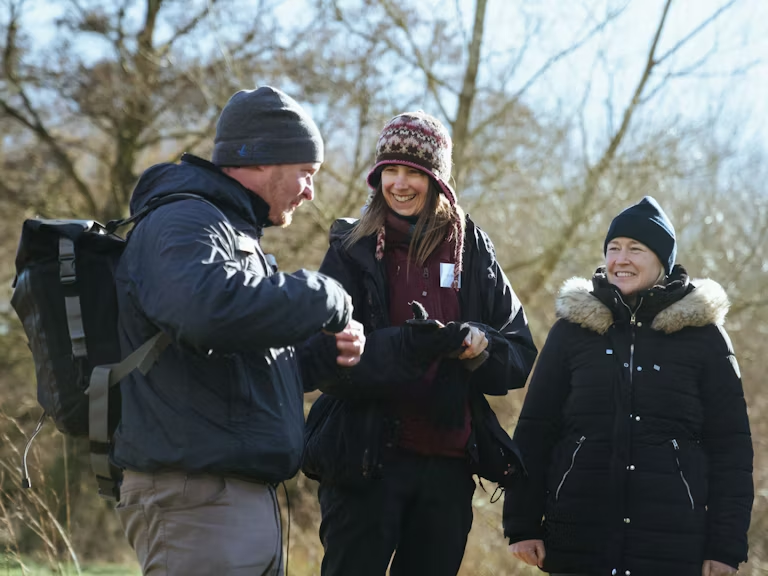
Join the Rewilding Network
Be at the forefront of the rewilding movement. Learn, grow, connect.
Join the Rewilding Network
